(First upload on November 5 2007. Last on August 14 2022) [ 日本語 | English ]
Mount Usu / Sarobetsu post-mined peatland
From left: Crater basin in 1986 and 2006. Cottongrass / Daylily
HOME > Plant list (植物リスト) > Asteraceae (キク科) > Erigeron annuus
Erigeron L. (ムカシヨモギ)Himejoon (ヒメジョオン, 姫女苑), eastern daisy fleabaneYanagibahimegiku (ヤナギバヒメギク, 柳葉姫菊) Lifeform: weedy annual forb (雑草的一年生草本) Distribution: native to the North America (now widespread in Japan)
→ biological invasion (生物学的侵入) Seed dispersal: wind |
f. discoideus Vict. et J. Rousseau (ボウズヒメジョオン), tiny ligulate flowers Synonyms:
Phalacroloma annuum (L.) Dumort. ↔ E. philadelphicus L. (ハルジオン) Lifeform: perennial forb |
|
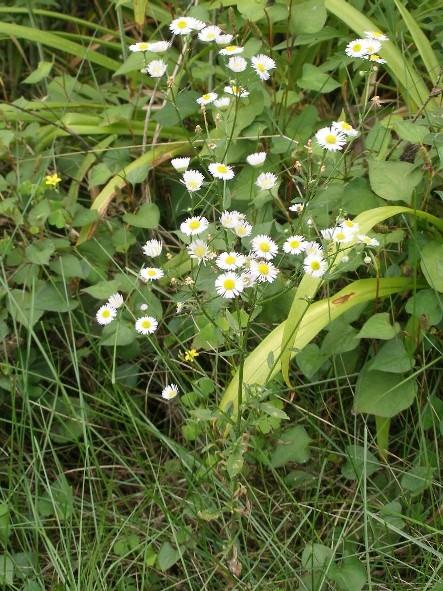 1
1
 2
2
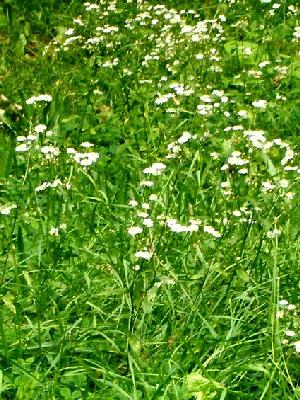 3
3
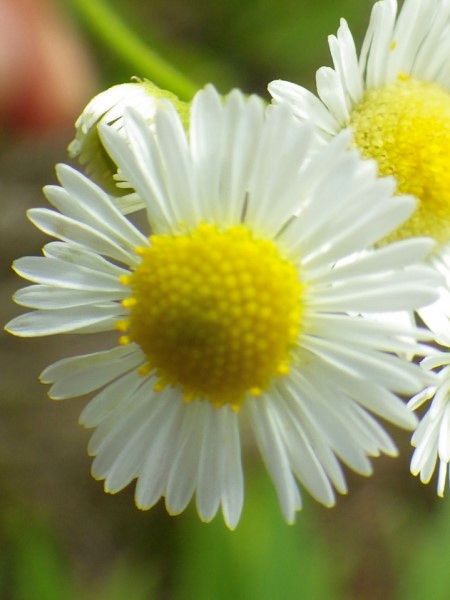 4
4
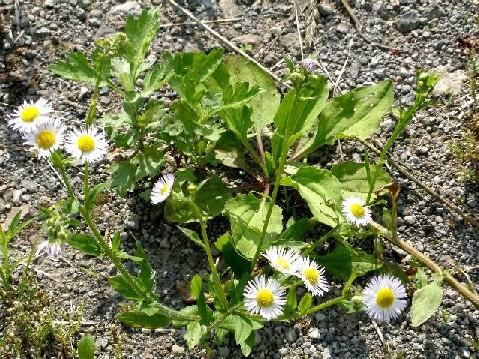 5
5
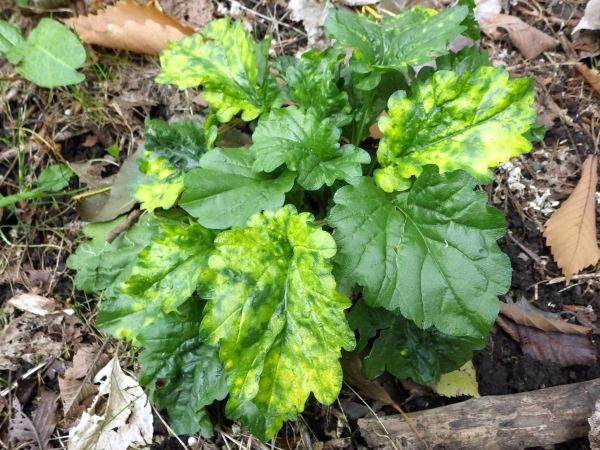 6
6
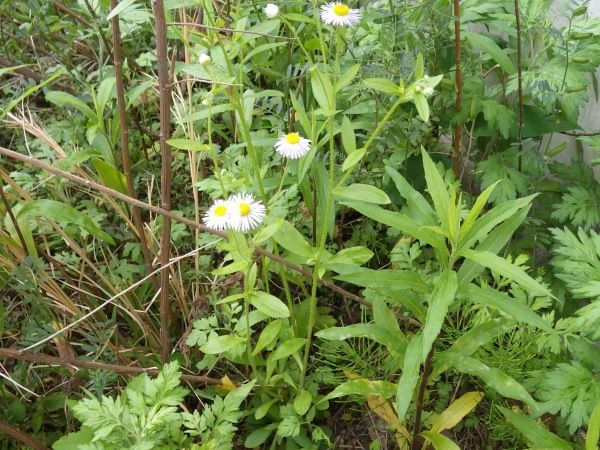 7
7
[1/2] at Toya Lake Station on August 21 2007. [3] in a grassalnd dominated by E. annuus, N23/W2, North Ward, Sapporo, on August 31 2009. [4] along Atsuma Coast (浜厚真), central Hokkaido, on August 2 2022. [5] near K-1 crater created by the 2000 eruptions on Mount Usu (有珠山) on July 15, 2008. The plant was abused by mammals (probably human). Large leaves behind the fleabane are Plantago asitatica. [6] a rosette along a road facing to Japanese Archery Training Hall. [7] along a paved road close to the Glasses Bridge (眼鏡橋), Nagasaki City, southwestern Japan, on April 16 2017. Record: in the Sarakito-omanai forest preserve for inspection of a planned wind power in Kamiyuchi, northern Hokkaido, on November 1 2017. Flowering along a hedge in front of Hokkaido University Hospital on September 28 2021.